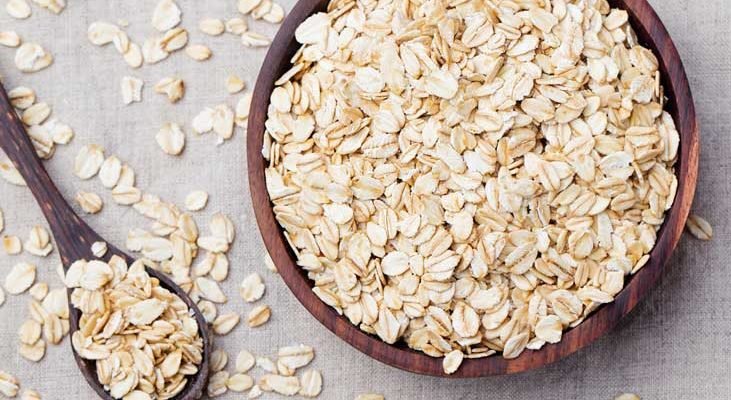How to Use Resistant Starch to Lose Weight
Have you ever heard of resistant starch? Starches come from carbohydrates, but what is the difference between regular starches and resistant ones, and how can that help us to lose weight?
There’s not much argument that in general, people are eating way too many refined starches. We eat them all day long. From bagels and cereal at breakfast, to wraps and sandwiches at lunch, to crackers and chips for snacks, to pasta and pizza for dinner. These are the sorts of eating habits that can lead to further carb cravings, inflammation, and weight gain.
Most of these starches get converted quickly to glucose and therefore have a similar effect on the body as eating a simple sugar. Even many whole grains, when processed into flour products are quickly and readily available as glucose. And without an immediate need for your body to use them, they get stored as fat.
The one exception is resistant starches. They get their name because they are resistant to digestion and actually act more like a fibre in the body. They go through the small intestine undigested and become a source of food for the friendly bacteria in our colon. And we all know how important a healthy colon is!
Benefits of resistant starch include:
Help you to feel fuller longer so that you eat less
Improve blood sugar management so that you don’t experience the highs and lows that lead to cravings later on
Support a healthy gut microbiome which is helpful in maintaining a healthy weight
Help to reduce risk of colon cancer
Suppress chronic inflammation in the gut
What are the best sources?
You’re not likely to find food labels with any information on resistant starch. That’s because the amount of resistant starch in a food can depend on how it is cooked and prepared.
For instance, there is resistant starch in green bananas and raw potatoes, but we are unlikely to eat those foods that way. If we cook the potatoes or let the green bananas ripen, the resistant starch is converted into regular starch that is rapidly digested to glucose.
The best way to get resistant starches:
Raw oats – add them to your morning smoothie
Legumes – check out this great recipe for White Bean Chicken Chili
Cooked and cooled grains and potatoes (cooling in the fridge overnight allows for retrogradation, thus increasing the resistant starch amount in the food)
I am still a proponent of minimizing the glycemic effect on the body for weight loss, and focusing on increasing the lower glycemic carbohydrates in the diet (such as non-starchy vegetables). But including some high-resistant starch foods can be beneficial for some people and I encourage you to give them a try in moderation.

